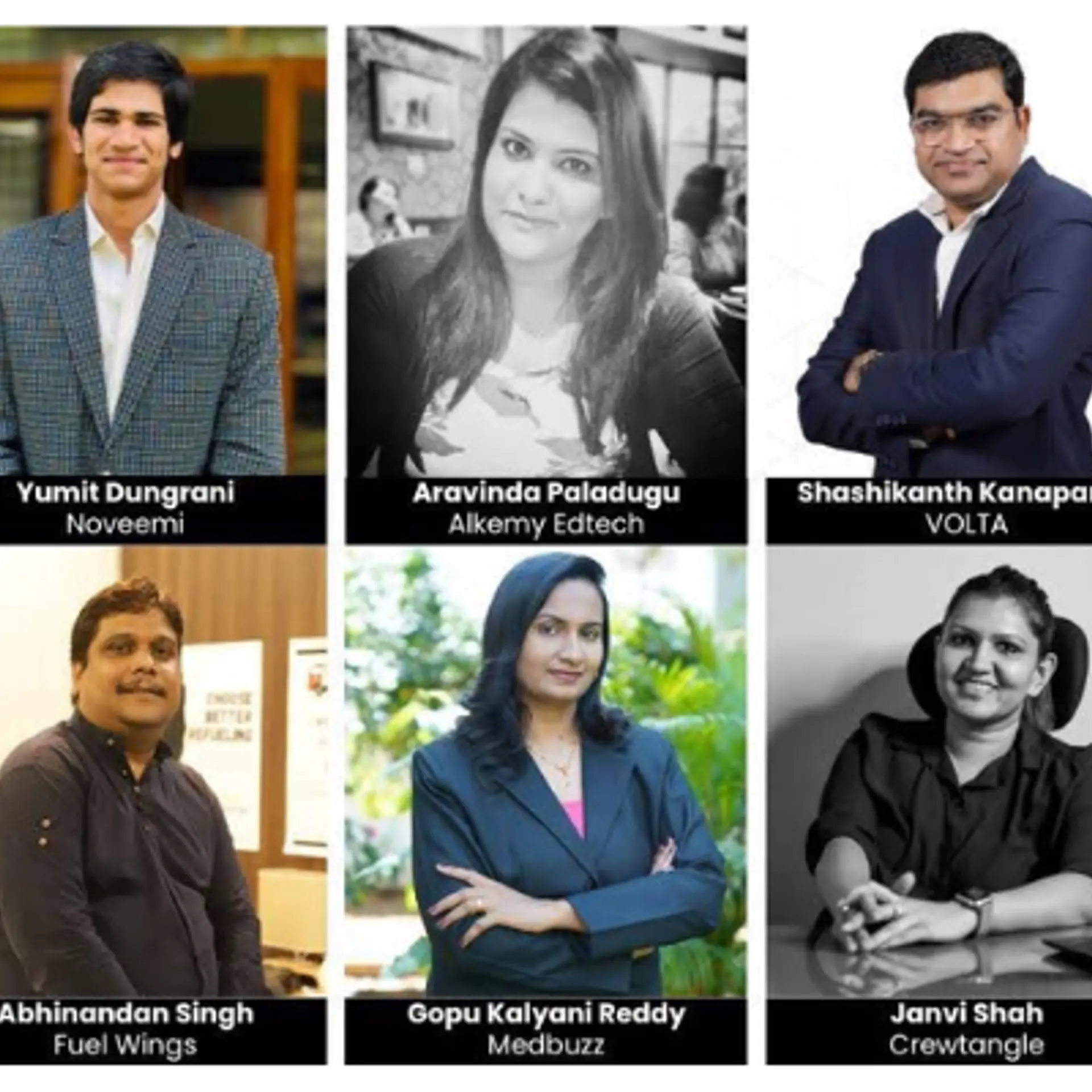How LED lights are the less spoken about champions of the utilities sector
It isn’t everyday that graduates drop out of Wharton from one of most reputed MBA programs in the world to start infrastructure companies in India.
When Anuj Kulkarni came back to India in 2012, to start PrajwalBharat, a street-lighting company, it was a calculated decision. He knew the next one year mattered the most, and that the market was going to boom.

“I always wanted to do something in this space, because I’ve seen quite a lot of accidents around me. So it always stuck in my head that lighting was a big pain point in India. Plus, the street lighting industry is that one platform that welcomes disruptive technology. Some years ago it was CFLs, now it’s LEDs,” said Anuj.
Anuj says PrajwalBharat is one of the only companies in India that takes care of the entire life cycle of a streetlight, which includes erection and maintenance. Over the last two years, the company, with over a million dollars (~INR 6.5 crores) in revenue, has installed about 5,000 LED streetlights in over 350 Gram Panchayats and Tier 2 cities across the country.
“The response to LED streetlights was quite unexpected, actually. Sarpanchs (Gram Pamchayat heads) and Chief Officers (Municipal Council heads) are young, unlike what we imagine, and surprisingly proactive about energy saving. LEDs are really being used for the development of their towns and villages,” says Anuj.
The last two years have seen a lot of activity around this space, while individuals that have identified this opportunity are building companies to milk the most out of it.
What’s happening in the sector?
According to a recent report in PTI, the turnover of the Indian lighting industry by 2020 will be USD 5.65 billion (INR 35,000 crore) and LED will account for USD 3.5 billion (INR 21,600 crore), which is over 60 per cent of the total turnover.
Large players like Phillips, Crompton Greaves, Bajaj Electricals and, recently, Syska Led Lights have dominated the industry, since the popularity of LEDs hit India around 2009. But things are changing now.
With rapidly growing influx of inexpensive LED technology products manufactured in India, smaller companies, each serving a niche market, are able to compete head on with these large players. Some of them have even seen exits in the last few months. (Read the Promptec acquisition story here)
“In the last five years, I’ve seen a huge change in this market. LED manufacturing in India was happening in very fragmented segments, with most people depending on imports from China, Taiwan and Korea. Also, the technology has stabilised now,” says Amit Gupta, Founder, Eco Lite Technologies, a Gurgaon-based manufacturer of LED lights started in 2010.
When Amit started Eco Lite, there were only two or three other LED-manufacturing units across India, whereas, now, the number has increased to around 20.
What’s driving this change?
Ecosystem changes:
- ‘Modi’-fication has created immense demand in the LED space.The Government of India, over the last two years, launched the Domestic Efficient Lighting Programme (DELP), wherein it plans to completely light 100 cities using LED domestic lights and street lights by March 2016. This has drastically increased demand.
Eco Lite, in partnership with the EESL (Energy Efficiency Services Limited), helped change 6.52 lakh incandescent bulbs to distribute LEDs as part of the DELP programme in Puducherry in January 2014.
- Innovation in the space and decreasing prices of manufacturing.“The Industry is characterised by massive supply out of China, and innovation in the past was controlled only by a few companies. Now, innovation is everywhere, and the margins in value chain captured by lighting and technology companies and chip companies is more commoditised, leading to an advantage for new companies,” sats Arun Narayan, Managing Director, Lighting Science Group.
- Multiple large players in the industry means better opportunity for exits.“From the recent happenings in the industry, it is quite clear that big giants like Philips, Havells and some other foreign companies are looking for strategic investments to diversify product offerings. This means better acquisition prospects, and ready exits for investors,” says Anuj of PrajwalBharat.
Customer behavioural changes:
- Acceptance has increased.“A lot of awareness has been created in the last few years by companies like Phillips and Syska in the LED lighting space. This has, in turn, has educated citizens about things like energy savings, sustainability, & etc.,” added Amit.
What are the challenges?
No matter how much the Government incentivises the sector, and creates awareness in the country, there are some things that take a while to change – funding is one of them.
“VC funding can be a pain, since it is a segment that is more growth-private equity conducive. For them to put money, the base revenue threshold needed is almost USD 10 million to USD 15 million, which makes it tough to take a seed-funded company to the next stage,” says Karthik Reddy, managing partnert at Blume Ventures, which recently saw an exit with Promtec Renewable Energy Solutions, a Bangalore-based company that manufactures LED street lights.
Venture capital funding is a pain point, yes, but even banks are not very willing to encourage this sector.
“To banks, the LED lighting sector is not considered a priority sector, which might hinder the scaling of some good companies in the market,” added Amit, who has been bootstrapping from the time of the company’s inception in 2012, when he invested almost USD 2.5 million (INR 14 crore).
A glimpse into the future:
According to people in this sector, things are looking up. The next few years are all about interesting projects in the intelligent lighting solutions space.
Eco Lite has partnered with EON Electric to install 13,500 LED streetlights in Aligarh that can be controlled by a single mobile app. The formal launch will take place in June.
Meanwhile, Delhi will soon make Connaught place a WiFi hotspot with routers fabricated along with the LED strip of streetlights. Other projects will involve lighting systems with automatic on/off, fault detection, energy consumption reports, remote dimming and resets, & etc.
“An all-new era of smart street lighting is emerging thanks to LEDs. They are components that are extremely robust, and can be tweaked and packaged with other electronic components,” says Anuj.
“As long as you don’t compete on price and commoditised products, and build great technology and differentiated offerings, money and success will follow,” concludes Karthik.







